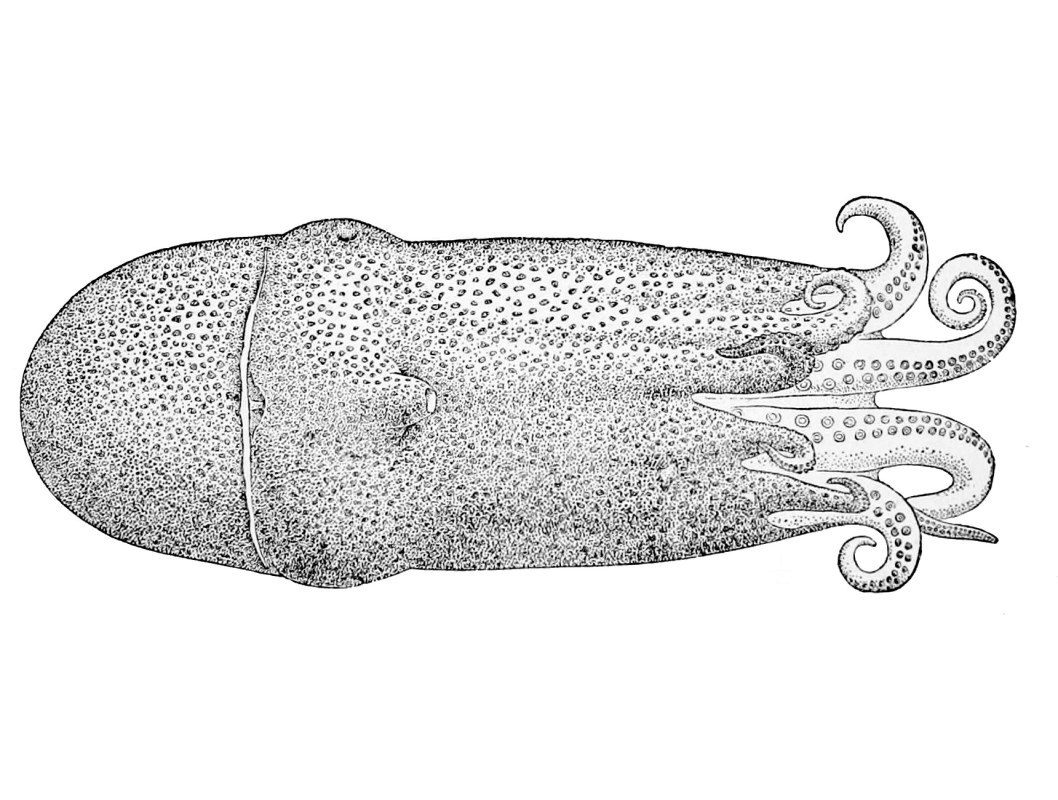Scientists who study animals who live in the depths of the ocean find themselves in an impossible situation. The water pressure thousands of feet below the surface makes it impossible for humans to easily visit that ecosystem, but bringing deep sea creatures up to the surface can have an equally unsettling effect.
Remember that photo of a blobby fish that went viral a few years ago? In its natural habitat, that’s not what the fish in question looks like. That natural habitat happens to be 3,000 feet underwater, however. Now imagine that issue, but for countless other species, and you have a sense of the issues at hand here.
A new article at The New Yorker helps explore the way some scientists have explored using lasers to get a better sense of how fish and other marine life go about their lives. The article discusses the work of Kakani Katija, whose area of study includes marine life too delicate to handle at all — and who has used a laser system called Deep P.I.V to study them.
Writer Jeffrey Marlow describes the effect of Deep P.I.V. as “[l]ike a 3-D printer operating in reverse.” And Katija’s system is being used for more and more underwater life — making for an unexpected but effective way to study fascinating creatures without doing harm to them.
Thanks for reading InsideHook. Sign up for our daily newsletter and be in the know.


















